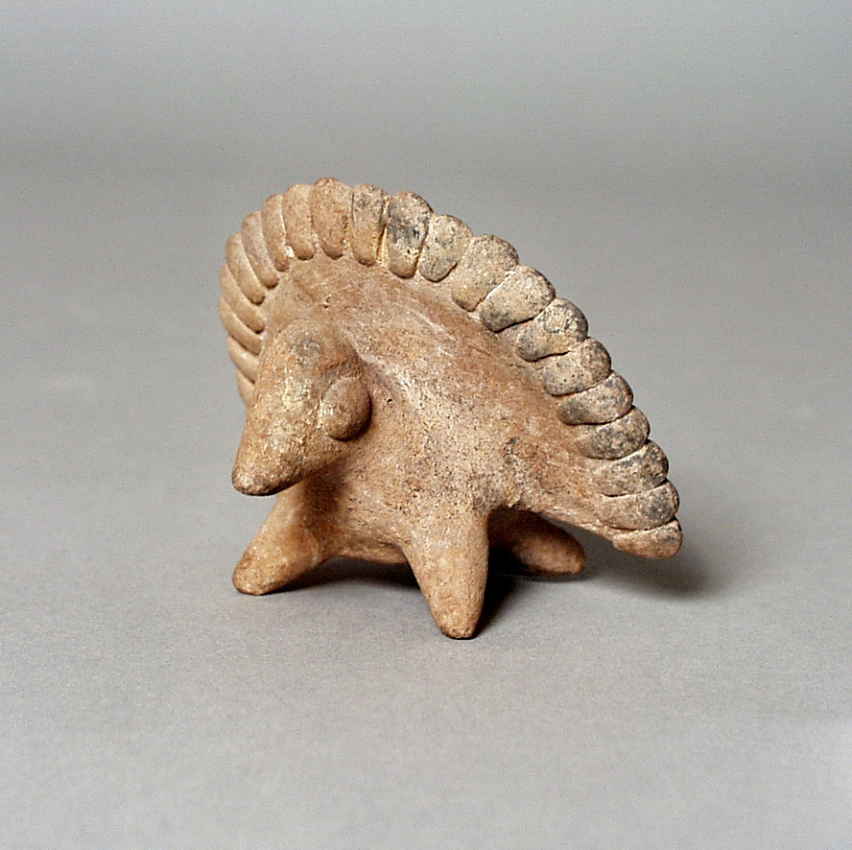|
Domestic Turkey
The domestic turkey (Meleagris gallopavo domesticus) is a large fowl, one of the two species in the genus '' Meleagris'' and the same species as the wild turkey. Although turkey domestication was thought to have occurred in central Mesoamerica at least 2,000 years ago, recent research suggests a possible second domestication event in the area that is now the southwestern United States between 200 BC and AD 500. However, all of the main domestic turkey varieties today descend from the turkey raised in central Mexico that was subsequently imported into Europe by the Spanish in the 16th century. The domestic turkey is a popular form of poultry, and it is raised throughout temperate parts of the world, partially because industrialized farming has made it very cheap for the amount of meat it produces. Female domestic turkeys are called ''hens'', and the chicks are ''poults'' or ''turkeylings''. In Canada and the United States, male turkeys are called ''toms''; in the United Kingdom ... [...More Info...] [...Related Items...] OR: [Wikipedia] [Google] [Baidu] |
Bronze Turkey
The Bronze is a breed of domestic turkey. The name refers to its plumage, which bears an iridescent bronze-like sheen. The Bronze had been the most popular turkey throughout most of American history, but waned in popularity beginning in the mid-20th century. Later in its history, the breed was divided into two distinct types: the Broad Breasted Bronze and the Standard Bronze. A great deal of confusion exists about the difference between Standard and Broad Breasted Bronzes, or whether there is any difference at all. Collectively, the Standard and Broad Breasted varieties are simply called the Bronze turkey. History Bronze turkeys are the product of crossing domestic turkeys brought from England, with the wild turkey. These matings produced a bird that was larger and more robust than the European turkeys, and tamer than wild turkeys. Though the Bronze turkey type was created in the 18th century, the actual name was not used until the 1830s, when a strain developed in the U.S. state ... [...More Info...] [...Related Items...] OR: [Wikipedia] [Google] [Baidu] |
Wild Turkey
The wild turkey (''Meleagris gallopavo'') is an Upland game bird, upland ground bird native to North America, one of two extant species of Turkey (bird), turkey and the heaviest member of the order Galliformes. It is the ancestor to the domestic turkey, which was originally derived from a southern Mexican subspecies of wild turkey (not the related ocellated turkey). Description Adult wild turkeys have long reddish-yellow to grayish-green legs. The body feathers are generally blackish and dark, sometimes grey brown overall with a coppery sheen that becomes more complex in adult males. Adult males, called toms or gobblers, have a large, featherless, reddish head, red throat, and red Wattle (anatomy), wattles on the throat and neck. The head has fleshy growths called Caruncle (bird anatomy) , caruncles. Juvenile males are called jakes; the difference between an adult male and a juvenile is that the jake has a very short beard and his tail fan has longer feathers in the middle. Th ... [...More Info...] [...Related Items...] OR: [Wikipedia] [Google] [Baidu] |
Beltsville Small White
The Beltsville Small White is a breed of domestic turkey. The bird was named after its physical characteristics—a relatively small size and entirely white plumage—as well as its place of origin: the United States Department of Agriculture's Beltsville Agricultural Research Center in Maryland. Description Small Whites have entirely white plumage, with a red to bluish-white head, black beard, horn colored beak, and dark brown eyes. Their shanks and toes typically pinkish white. At market, Beltsville Small White toms will weigh around 17 pounds, while a mature hen will weigh 9-10 pounds. Their eggs are usually pale bluff with reddish-brown dots. History Development for the Small White began in the 1930s in response to market research that said consumers wanted a turkey of small to medium size with no dark pinfeathers and more white meat. In 1934, the Beltsville Research Center started a seven-year breeding and research program; led by Stanley J. Marsden and lasting until 19 ... [...More Info...] [...Related Items...] OR: [Wikipedia] [Google] [Baidu] |

